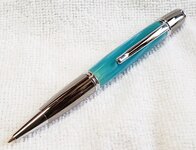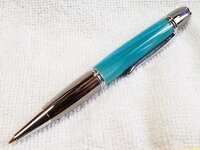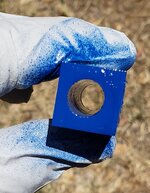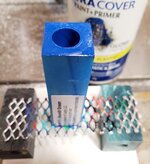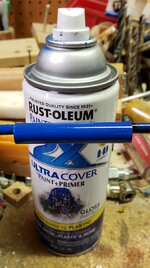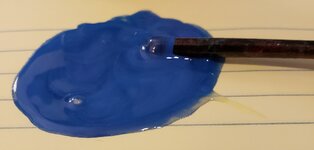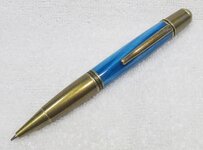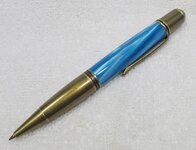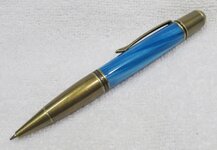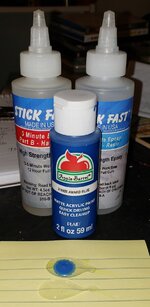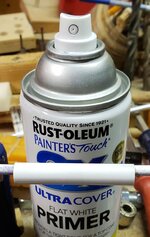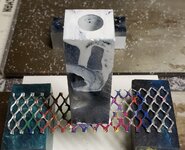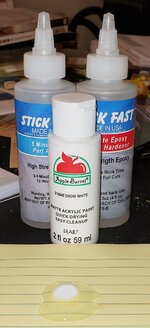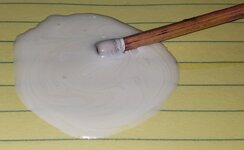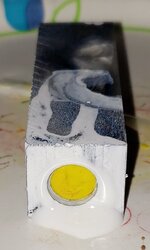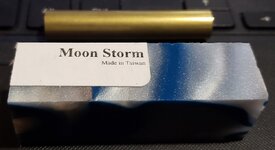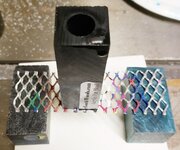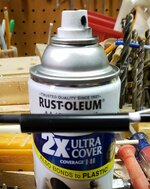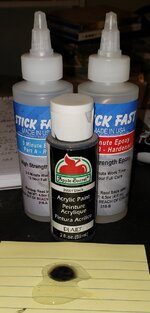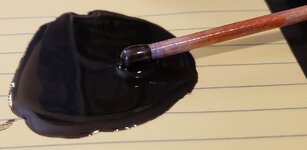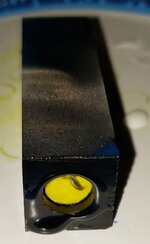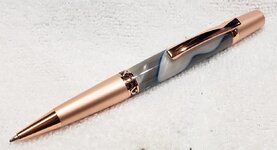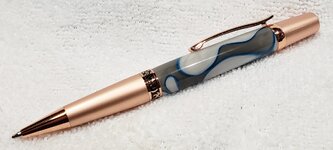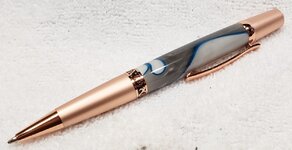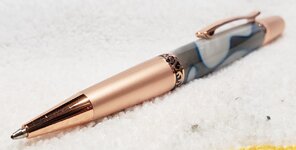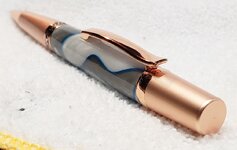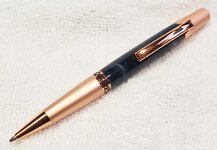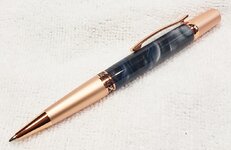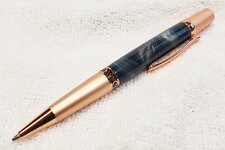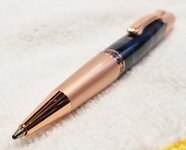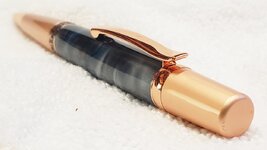jrich7970
Member
So, I've made a few slimlines, and I'm confident that I know what's going on with them. Not that my stuff is all that wonderful, but I know the basics. I originally got the starter kit for them that supplied things like the barrel trimmer, a properly sized drill bit, bushings, etc.
So I bought a starter kit from Woodcraft for their Wall Street II pen for the same reason, to make sure I had all the necessary equipment. The starter kit has two pen kits, bit, bushings. But it also has some extra tubes. OK, that's good. But here's my question. The tubes all have different finishes on them. And it is *advertised* that way.
As far as I can tell, it would be pretty difficult to tell the finish on the tubes as the material of the pen (wood, acrylic, whatever) is around the outside of the blank.
Why bother supplying me with extras of different metals/finishes? I just want to make sure I don't mess anything up, and/or not use these when I should be, or could be making a better pen.
Thanks,
Jeff

So I bought a starter kit from Woodcraft for their Wall Street II pen for the same reason, to make sure I had all the necessary equipment. The starter kit has two pen kits, bit, bushings. But it also has some extra tubes. OK, that's good. But here's my question. The tubes all have different finishes on them. And it is *advertised* that way.
As far as I can tell, it would be pretty difficult to tell the finish on the tubes as the material of the pen (wood, acrylic, whatever) is around the outside of the blank.
Why bother supplying me with extras of different metals/finishes? I just want to make sure I don't mess anything up, and/or not use these when I should be, or could be making a better pen.
Thanks,
Jeff

